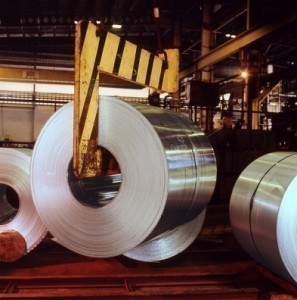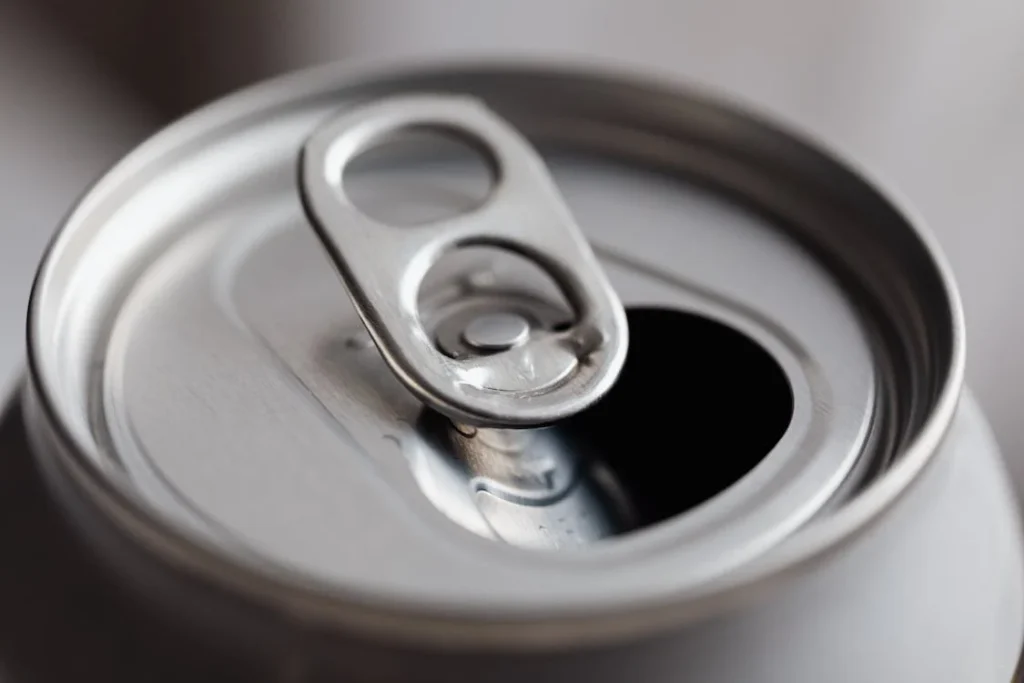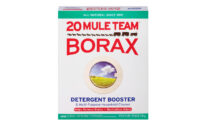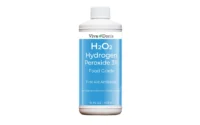Common Uses for Aluminum
Aluminum is a chemical element with a silvery-white color. Its atomic number is 13 and its symbol is AI. This metal is very abundant on Earth, next only to oxygen and silicon. It is the most common metal on the planet’s crust.
Some Uses for Aluminum
Of all non-ferrous metals, AI is the most widely used. It is frequently alloyed with other metals. Beverage cans and foils are usually 99% aluminum. The metal is also used in some guitars. The metal is placed on the instrument’s plates. Some companies make guitar necks from aluminum.
Coins in Israel, France, Italy, and other countries have aluminum-based coins. AI combined with sodium hydroxide or hydrochloric acid will produce hydrogen gas. Powdered aluminum is used in thermite, solid rocket fuel, paint, and pyrotechnics.
The metal is also used in walking poles, sailing ship masts, street lighting poles, watches, and baseball bats. AI is also found in many cooking utensils, building wire, siding, doors, windows and transportation. In the latter, it is used in bicycles, vessels, car parts, railway cars, trucks, aircraft, and many others.

Lighting and Electronics
The metal is used in LED lighting. They are also used in heat sinks for CPUs and transistors. Super purity aluminum can be found on compact discs, alnico magnets, MKM steel, electrical transmission lines, electronic gadgets, photographic equipment and the outer shells of electronics.
Applications of Aluminum Foil
This foil can be used for more than wrapping food. You can use the material to keep pie crusts from burning. The foil can also make special-shaped cake pans, keep ovens clean, scrub pots and preserve steel wool pads. It can also protect silverware, polish silver, warm rolls and bread and prevent ice cream from dripping.
You can roll an aluminum foil and use it to decorate cakes and soften brown sugar. Just wrap it in the foil and bake 150 C (300 F) for five minutes. The foil can clean iron, fireplaces and keep batteries from being loose in your flashlight or other gadget.
General Usage
Global production in 2005 was 31.9 million tons. Its production surpassed other metals with the exception of iron. AI is a versatile metal. But it is frequently alloyed. This gives it more flexibility. The tempering enhances its mechanical properties. Alloying agents vary but the most common are silicon, manganese, magnesium, zinc and copper.
Characteristics
Under normal circumstances, AI is not water-soluble. About 8% of the Earth’s solid surface is aluminum. It does not occur natively because it is too reactive. AI can be found joined with over 260 other minerals.
Bauxite is the main ore of AI. One of the metal’s most remarkable features is resistance to corrosion and low density. It is these elements that make Ai vital to transportation and the aerospace industry. In terms of usefulness, the best are sulfates and oxides.
Sulfates and Chlorides
Billions of kilograms of aluminum sulfate are produced. About 50% of it is used to treat water. The compound is also used in paper manufacturing. Other uses are in leather tanning, fireproofing, food additive, and in fire extinguishers. Aluminum chloride (AlCl3) is part of synthetic rubber and polymer production. It is also used in refining petroleum.
Other Compounds
Aluminum acetate is utilized as an astringent. Organoaluminiums are used as cocatalysts and as Lewis acids. Lithium aluminum hydride is a reduction agent. Aluminum hydroxide is known as a mordant and antacid. It figures in the creation of waterproof fabrics, ceramics and glass making.
Effect on Health
While there are many uses for aluminum, it doesn’t have any biological function. Its toxicity level is very low. This is quite remarkable given how widespread it is in commerce and the environment. The low toxicity levels can make their way into the central nervous system and bones.
Only in very high dosages will it cause neurotoxicity. There are a few people who are allergic to it. They experience vomiting, digestive disorders, contact dermatitis, etc. Aluminum will also be dangerous if large amounts are consumed.
Recycling
One of the reasons why there are so many uses for aluminum is its recyclability. 100% of the metal can be recycled. This can be done without any of its qualities being lost. Recycling was not considered an important part of the industry. But this changed in the late 1960s when the consumption of aluminum beverage cans increased.
The recycling process is complex. But it starts with scrap melting.
Recycling rates in Europe are 95% of transport vehicles, 85% of construction materials, and 42% of beverage cans. The recycled material is called secondary aluminum. However, its quality and properties are the same as an un-recycled aluminum.
Recycled aluminum comes in many forms. They are used in over 70% of injections. Secondary aluminum is also used in extrusion. During the recycling process, white dross is produced. This is also refined to get more AI.




